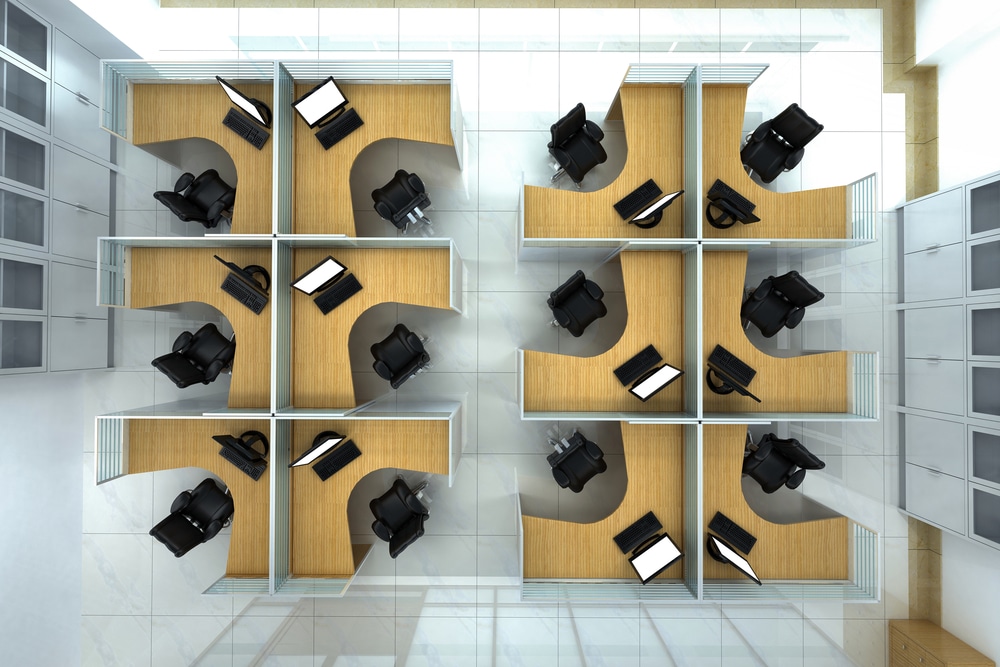Importance of Visual Rendering for the Furniture Industry
 We all come across multiple situations in a day where a compelling visual triggers a purchase. Consequently in a competitive market scenario there is an evident need for creating such visuals; all industries including real estate, furniture, and industrial as well as engineering has been gripped by this need and marketers are trying hard to up their product quotient using techniques like visual rendering. Specifically looking into the furniture industry, we realized that visual rendering has become a norm and provides the buyer as well as the marketer tremendous value.
We all come across multiple situations in a day where a compelling visual triggers a purchase. Consequently in a competitive market scenario there is an evident need for creating such visuals; all industries including real estate, furniture, and industrial as well as engineering has been gripped by this need and marketers are trying hard to up their product quotient using techniques like visual rendering. Specifically looking into the furniture industry, we realized that visual rendering has become a norm and provides the buyer as well as the marketer tremendous value.
Role of visual rendering in the designing and making of furniture
It enables customers to visualize products – with amazing realism instantaneously – within their own environment – be it a furniture item, decorative piece, interior design, fixture, material, or the dwelling itself. Since decades 3D visualization software has been an integral part of the sales strategy for the furniture industry. Many modular furniture manufacturers have realized and benefited by a direct correlation between the richness of product visualization and successful sales completion.
Basic aspects of the visual rendering process
Visual rendering is a simple technique that allows the designer to convert a two dimensional image into a photo-realistic 3D visual that provides buyers a realistic feel of furniture, floor plans, layouts and designs. Visual rendering enables 360 spin on all products, so customers are able to study every single detail, from every single angle. It is a great way to incorporate physical 3D feel and eye-catching color options into furniture designs without even commencing physical construction. The dreary brick walls infused with various color combinations and patterns help to build interest in the office/home space. There is no better sales tool for a project than providing a ‘realistic feel’, at a fraction of the cost of creating a full-scale model. It also simplifies the process of making decisions well before the furniture/design is actually built for the buyer and the marketer. Thus the technique helps to create a win-win situation for both.
Quick and easy captivating images and animations of furniture/office/home space communicate the designer’s intent and product functionality, thereby playing a crucial role in sales. In today’s market it is imperative to experiment with furniture designs using visual techniques.
Here are some of the common methods of visual rendering:
- Photo realistic 3D Rendering: Photo-realism is imitating what the eye sees.
- 3D Walk through and fly through animations (movie): 3D Walk through and fly through providing a real feel of the property in a future-completed state can be a very impassioned experience although it is in the concept stage in reality.
- Floor Plans: The visual communication of floor plans through 3D visualization enables viewers to grasp the image faster than through 2D drawings, lines and figures. It enables you to effectively clinch property promotion and marketing deals.
Tools
Here is a look at the specialized software programs and some of the plugins used to create a 3D Renderings.
- Auto desk 3ds Max: 3D Studio Max, is a professional 3D computer graphics program for making 3D animations, models, games and images.
- V-Ray: Is a photo-realistic rendering plugin, allowing users to efficiently incorporate the task of rendering within their current work-flows to visualize their models with the utmost quality and realism.
Some methods create simple flat images or images with simple shadows. A unique technique uses sophisticated software to approximate accurate lighting & materials. This technique is often referred to as a ‘Photo Realistic’ rendering. Renderings are commonly created for sales presentation, marketing & design analysis purposes.










